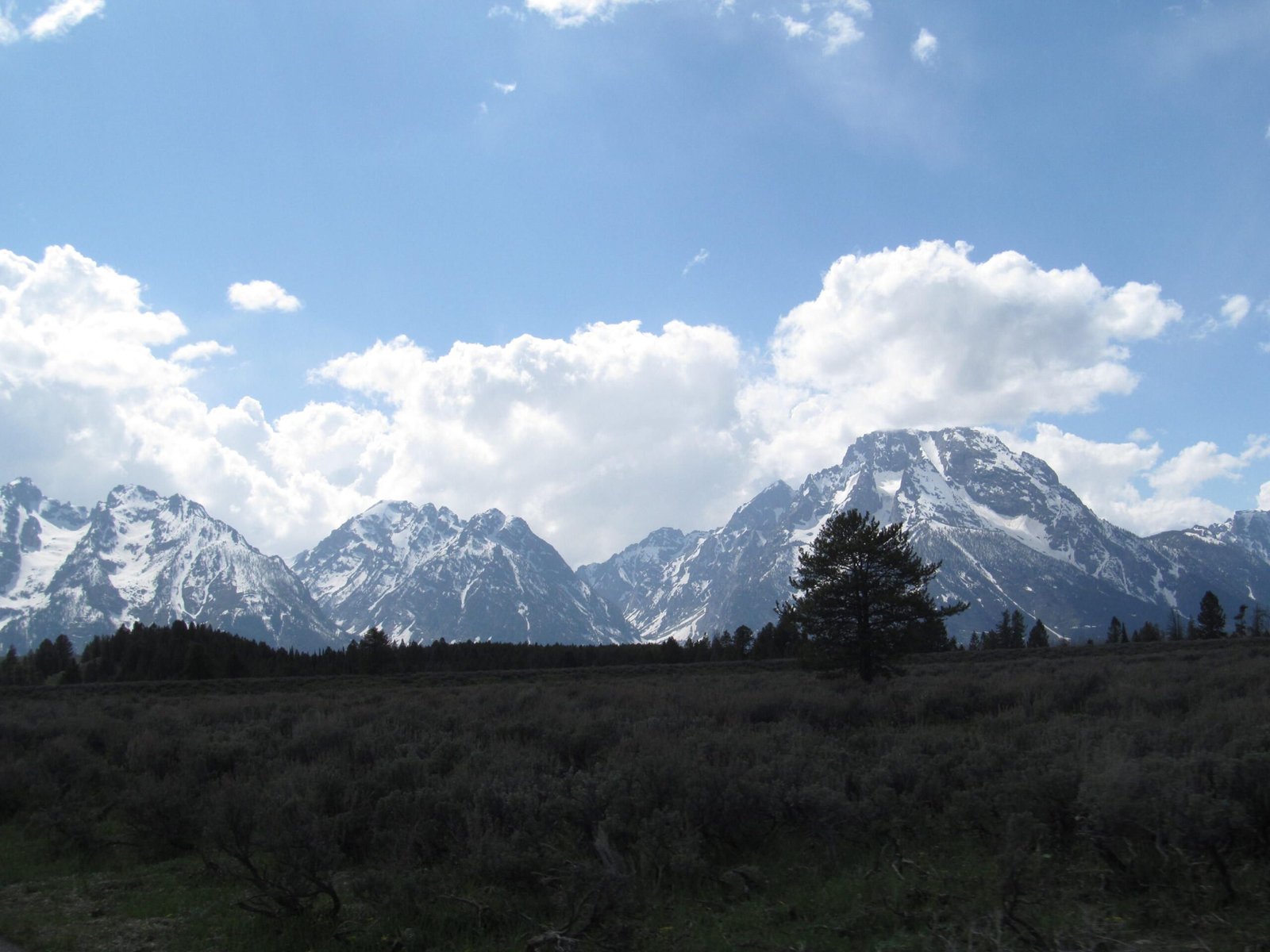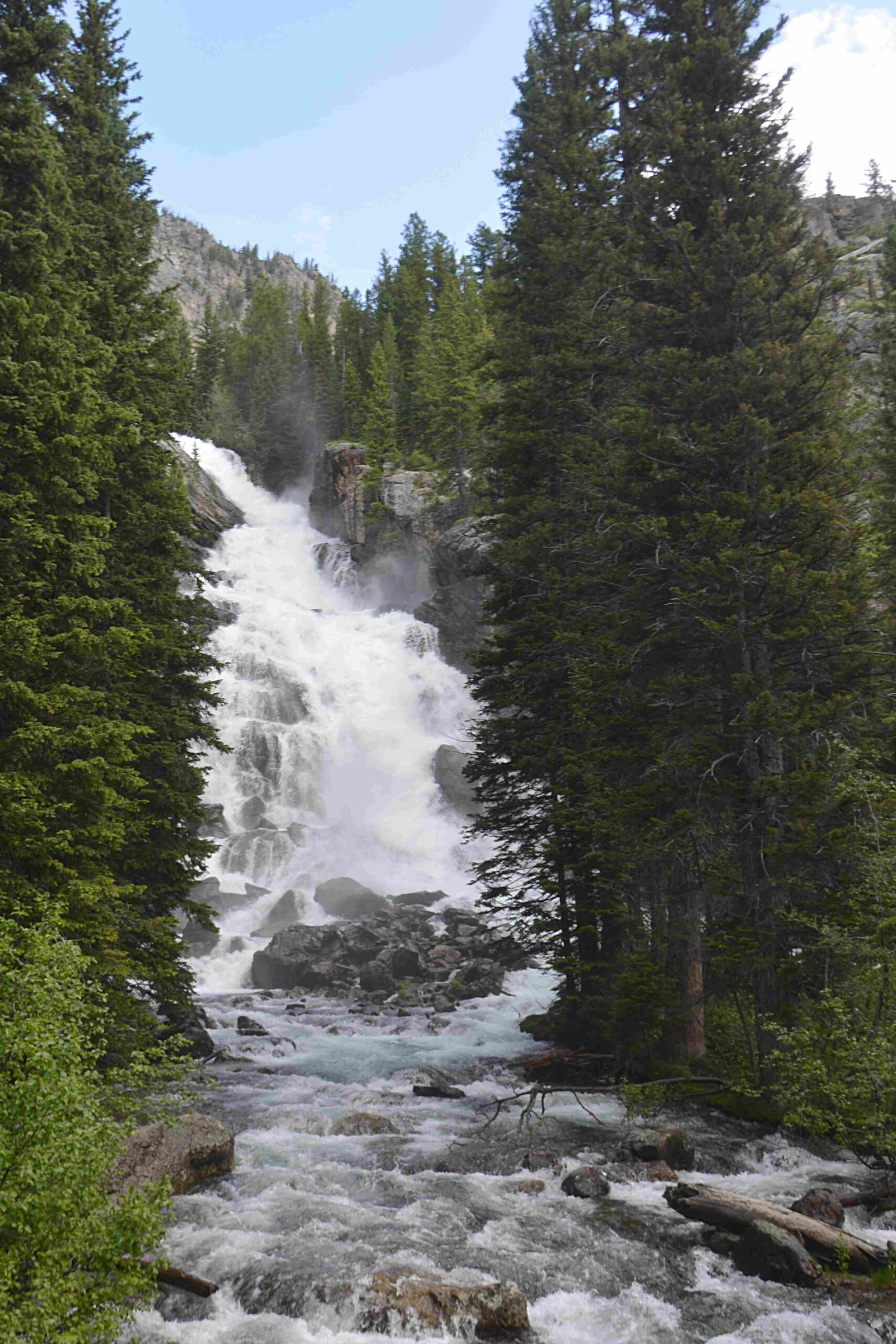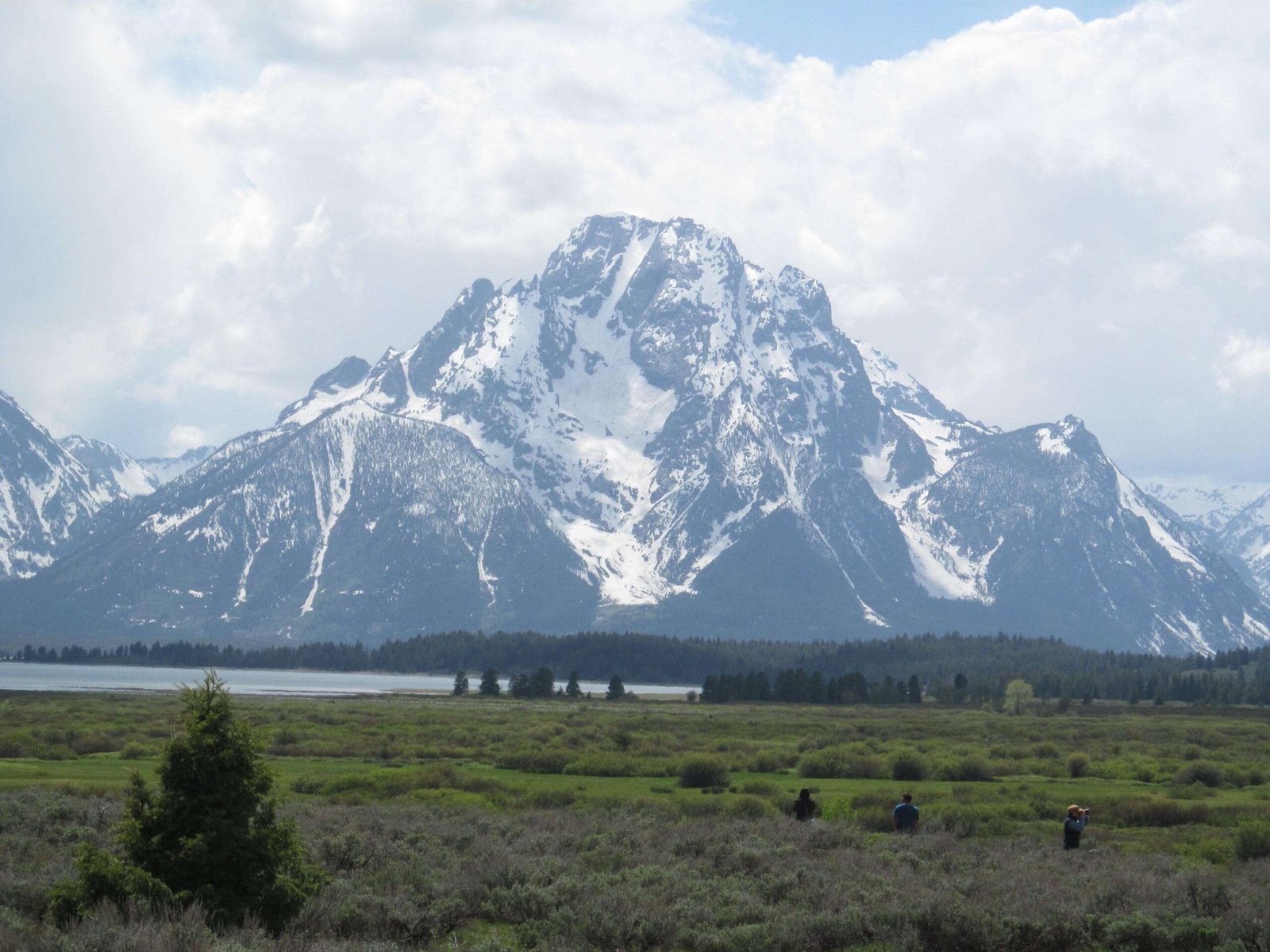Grand Teton National Park represents a profound landscape of Native American cultural significance, where indigenous tribes like Shoshone, Bannock, and Crow historically traversed, hunted, and maintained deep spiritual connections with the mountainous terrain. For over 11,000 years, these lands have been home to sophisticated societies who understood and respected the intricate ecological systems of the region, utilizing seasonal migration patterns and sustainable hunting practices that preserved the delicate mountain ecosystem.
What Are the Primary Native American Tribes of Grand Teton?

The Grand Teton region was historically inhabited by multiple indigenous tribes, each with unique cultural practices and deep connections to the landscape:
| Tribe | Primary Characteristics | Cultural Significance |
|---|---|---|
| Shoshone | Primary inhabitants | Extensive hunting and gathering traditions |
| Bannock | Mountain and plains dwellers | Advanced hunting and fishing techniques |
| Crow | Seasonal visitors | Spiritual connection to mountain landscapes |
| Nez Perce | Transient travelers | Complex trade and migration networks |
How Did Native Americans Interact with the Landscape?
Native American tribes viewed the Grand Teton landscape not merely as territory but as a living, breathing ecosystem with profound spiritual meaning. Their interactions were characterized by:
- Seasonal Migration: Moving through mountain passes during summer months
- Hunting Practices: Targeting buffalo, elk, and mountain game
- Resource Utilization: Gathering plants, fishing in mountain streams
- Spiritual Connections: Performing sacred ceremonies in mountain locations
What Archaeological Evidence Exists of Native American Presence?
Archaeological investigations have revealed extensive evidence of indigenous occupation:
- Prehistoric Campsites: Dating back 11,000+ years
- Stone Tool Locations: Revealing advanced technological capabilities
- Hunting Grounds: Demonstrating sophisticated ecological knowledge
- Seasonal Settlement Patterns: Indicating adaptive living strategies
Where Can Visitors Learn About Native American Heritage?
Visitors interested in Native American history can explore several key locations:
- Craig Thomas Discovery and Visitor Center
- Comprehensive exhibits on indigenous history
- Educational programs about tribal cultures
-
Interactive displays showcasing archaeological findings
-
Mormon Row Historic District
- Provides contextual information about regional human history
- Offers insights into indigenous and settler interactions
What Wildlife Held Cultural Significance?
Native American tribes maintained profound relationships with local wildlife:
- Bison: Crucial for survival, providing food, clothing, and spiritual symbolism
- Elk: Primary hunting target, representing both sustenance and cultural importance
- Moose: Valued for meat and hide, integral to survival strategies
How Do Modern Preservation Efforts Honor Native American Heritage?
Contemporary management of Grand Teton National Park emphasizes:
- Collaborative research with tribal historians
- Preservation of archaeological sites
- Educational programs highlighting indigenous perspectives
- Respectful interpretation of cultural landscapes
Conclusion

Grand Teton National Park stands as a testament to the enduring legacy of Native American cultures, representing a landscape where human history and natural beauty intertwine seamlessly.

